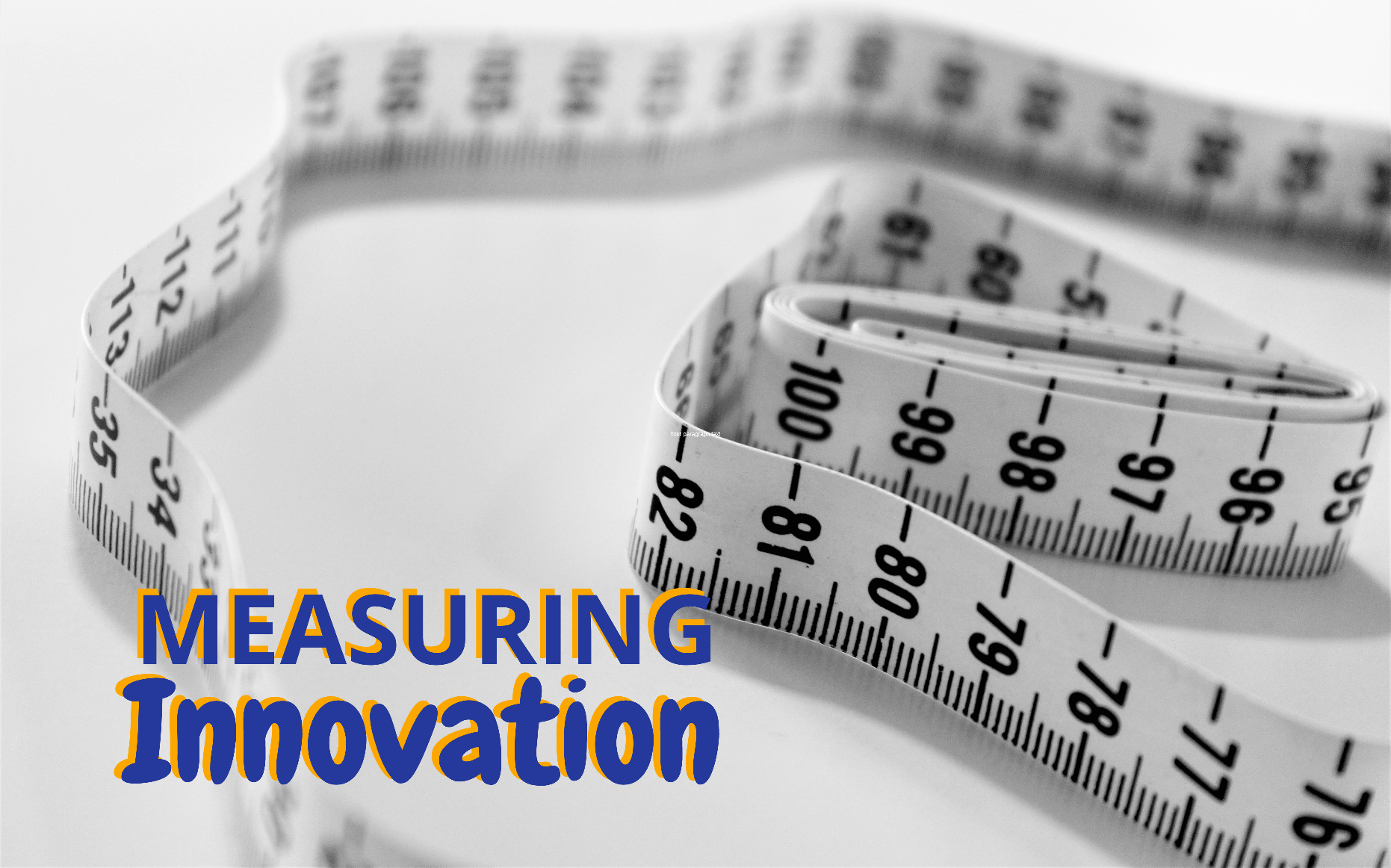The world has witnessed four industrial revolutions over the last four centuries. The facets of each revolution have been different. Yet the underlying theme has remained consistent—innovation. This is why measuring innovation is so important.
The last few years have seen several innovations and strategic collaborations. It transformed traditional business and operating models.
PwC has drawn attention to this in its report. It is named ‘Redrawing the lines: FinTech’s growing influence on financial services.‘ 95% of incumbents in India seek to increase partnerships with FinTechs.
It helps to roll out innovative solutions to customers. Here is the tricky question: How do I make sure that what I do and measure will lead to innovation?
Without a good set of definitions and directions, innovation becomes subjective. It might lead to a false security set.
In this article, we will explain why measuring innovation is so important. We will look in-depth at the metrics and KPIs you can use to track your innovation over time. We will also show the practical value of measuring innovation.
Why is measuring innovation worth it?
Measuring innovation is worthwhile with metrics that help in business growth. This might not always be straightforward to figure out.
So, many organizations measure what is easy – not what is essential – instead. It is easy to pick out a couple of simple KPIs without thinking whether they will be useful in the long run.
The most crucial function of measuring innovation is simple. It is to ensure you are going in the right direction. Innovation metrics allow you to see if you are doing enough activities.
Enough of the right kinds of activities to be able to achieve your results. Keep persistently doing both and systematically measuring innovation. You are likely to see results.
Measuring innovation can help you to:
- Guide your resource allocation process
- Hold people accountable for their actions and responsibilities.
- Assess the effectiveness of your innovation activities
Measuring innovation is worth it in most cases. But it should be kept in mind that not all metrics work for everybody. Everyone should pay attention to certain types of metrics.
What to keep in mind when measuring innovation?
It is necessary to choose the correct KPIs for measuring innovation. This is because you usually tend to get what you measure. Your KPIs and goals direct your actions and efforts towards them.
They help people adapt their behavior and take action to reach those goals. The other side of the coin is that untracked activities are quickly forgotten. This leads to various problems.
Some organizations try to measure too many things at once and do not measure anything at all. 16% of those do not measure any of their innovation management efforts or results.
This is because of the uncertainty of what should be measured in the first place. These organizations are not able to manage their innovation very precisely.
Choose metrics with caution
Several metrics are more straightforward than others. But some of them can be quite ambiguous. Too ambiguous or simplistic metrics should be approached with caution. They often lead to undesirable results down the road.
As mentioned, KPIs have a significant impact on behavior. So, it is a must to analyze how your KPIs drive your employees’ behavior.
Some metrics may seem significant at first. But the results down the road might not be what you wanted to achieve. So, do not be afraid to change your metrics as you learn how the organization responds.
We may choose to measure personal development. But it would be somewhat dangerous to measure the time spent on such activities.
This is likely that people will not spend their time as effectively as possible. Instead, it would be smarter to measure the level of abilities or the progress made.
The number of new products launched is a “dangerous” metric. You may first think that the more new products you can launch, the better, but this is not the case.
You may currently have 100 products in your product portfolio. Not launching any new products is a clear indication that you are not making much progress. Likely, they are not very innovative.
But launching just three great new products is likely to be a much better result. It is better than launching ten mediocre products. It is usually not a great idea to sacrifice quality for quantity.
Choosing the “right metrics” and avoiding the “wrong ones” is about defining your goals. Then systematically measuring your activities to make sure they support your goals.
Innovator’s dilemma
Clayton Christensen’s concept Innovator’s Dilemma should be kept in mind when measuring innovation. This was introduced in 1997 with his book that bears the same name.
In his concept, the core of the dilemma is that in the early stages of innovation. Usually, innovation is inferior to existing services on the market. This is because it is measured with the same metrics and value drivers as the existing products.
These services are initially valuable only to a small market subgroup. They have different value drivers. So, they are not much of an interest to the mainstream customers. They typically make a more profitable customer base.
Initially, disruptive innovation caters to only a small market subgroup. So established companies are not willing to invest in these disruptive initiatives initially.
It is debatable whether traditional metrics of “success” should be measured initially. This includes profitability. This is because disruptive innovations are not of interest to high-end mainstream customers.
Typically, this is where the business has higher profit markets. So, this is an important concept to remember when choosing your innovation KPIs.
How to get the most out of your KPIs?
It is vital to understand what, when, and how to measure your innovation KPIs. It helps to get the best possible results.
But, as we already pointed out, each situation is different. It is impossible to introduce a general framework that will work for everybody.
But there are a few tips that might help get the most out of your innovation KPIs.
-
Focus on a few metrics at a time
The problem with measuring many metrics is that people cannot focus on many things at once. The human brain gets distracted easily.
If you are forced to think about tons of different metrics, you will likely get confused. This will shift focus away from what creates value.
It is better to start with too few than too many metrics and set your goals using just these metrics. This is because, as in innovation management in general, keeping it simple goes a long way.
-
Find the right balance of metrics and remember to prioritize
You should include both input and output metrics and qualitative and quantitative metrics. It should be in each of the five key categories in an ideal world.
It may not be realistic to measure many categories with different metrics. This is because we can measure each of the five categories above with, for example, four metrics.
This includes input, output, qualitative and quantitative metrics. Then we would end up with at least 20 different kinds of metrics.
Prioritize some metrics over others. But try to find the right balance. Create a balance between input and output metrics and qualitative and quantitative metrics.
-
Assess the lifecycle of the innovation
What metrics to use and when is a matter of maturity and uncertainty of your business. The following model will look at the level of uncertainty. It will be from an innovation project’s perspective in different stages of its life cycle.
All innovations could be measured systematically from the innovation portfolio point of view. For example, based on each stage of the idea lifecycle.
-
Learning stage – High uncertainty
In the beginning, your assumptions about your idea and target market are tested.
When uncertainty is high, you may want to focus on input metrics because results take time. The correlation between activities and results may be difficult to see. This will lead to worse decisions and demotivation.
-
Innovation stage – Medium uncertainty
The action is taken in this stage, and new ideas are generated, tested, and practiced.
As your new ideas are validated, the level of uncertainty slowly decreases. You can get a better overview of where you are headed.
-
Impact stage – Low uncertainty
In this stage, your innovation activities’ impacts are measured. E.g., business and product metrics.
Again, the level of uncertainty decreases over time, and you can see results. Then it makes more sense to measure the ROI of your innovation activities.
-
Do not force the same metrics for everyone in the organization.
Your goals and metrics should be aligned. But your R&D team is most likely to benefit from different types of goals than your sales team. This is why each team and department need to have their metrics.
Please make sure all the metrics are clear for everybody to get the most out of them. If not, organize training to ensure everyone understands what is (and what is not) measured and why.
-
Focus on finding opportunities for learning and improvement
Measuring success is straightforward for most organizations. But the most significant improvements are usually made when things sometimes go unplanned. At least when you are willing to learn from them.
Do not make the mistake of closing your eyes in those not-so-successful situations. But try finding ways to learn and improve how you operate to avoid repeating the same errors in the future.
Conclusion
Measuring innovation is essential in understanding ROI. It helps to establish learning outcomes and to drive growth. Establishing innovation metrics is, thus, vital and is both an art and a science.
Your goal is to make innovation a daily priority for every layer of your organization. This is from product development to organizational support and executive leadership. Measuring innovation can help you do just that.








